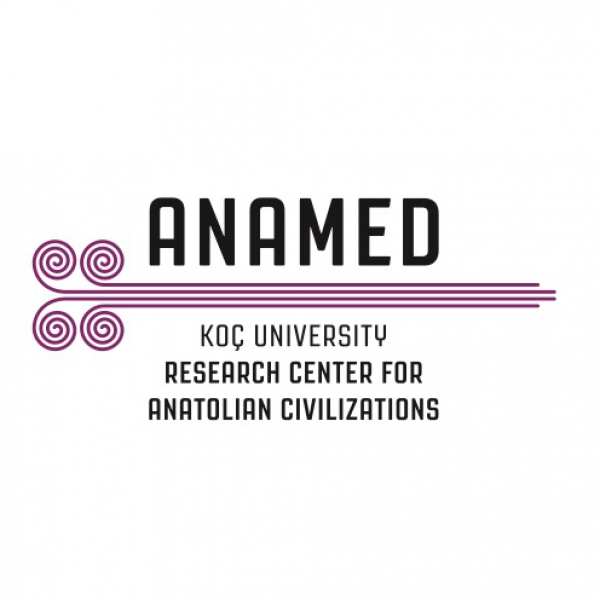Deadline: 1 November 2013
Open to: researchers and scholars that stimulate understanding the present and re-visioning the future of the case of Europe in all European languages
Benefits: publication in a professional edited anthology on Europe
Description
Kerstin Stamm and Patrick Stoffel, art historian and literary theorist, respectively, are editing “Europe: A Case Study!” which will be published by Christian A. Bachmann to study Europe critically in every aspect. They are requesting submission of related articles by 1 November 2013.
The early modern genre of the case study is based on negative deviations: no medicine without disease, no law without crime. This leads to the genre’s constitutive double semantics of the “case”: The downfall of a man is the requirement to make him the subject of a representation of the event – to make him a case. Looking at the overflowing literature on Europe it quickly becomes clear: Europe is a case of a case study! Lack of myths, democratic gap, Euro-crisis – Europe appears to exist only as a “case”.
Yet case studies fulfill at the same time a preparatory function. To the constitution of the particular case, general qualities are ascribed to, so the case becomes an example. Thus, the genre of the case study turns out to be explicitly future oriented. To what extent the particular case transforms into an exemplary narrative, therefore reveals not only the evaluation of what happened, but also the expectation of future incidents.
At the intersection of documentation and fiction, the reconstruction of each specific but historically authentic case takes place in the interplay between development of scientific theory, perception of life and artistic expression. Its exemplary significance, the suggestive power of a case lies therefore by no means alone in its evidence, but also in its artistic representation.
With the case study as a heuristic model, the volume seeks to shed light on the “case” of Europe and thinking about Europe:
- Is it true that Europe is only a case because of its “deviations”, and if yes, why is that so?
- Given that the stories about the case of Europe are decidedly future oriented, on what current qualities is Europe’s future being based?
- If Europe derives its suggestive power from its artistic representation, then what are the mechanisms of its constitution, exclusion and stabilization, its forms and effects of representation?
Eligibility
Across all scientific disciplines, the editors call for contributions wanting to take charge of this European case, to study it critically in every aspect. Papers that stimulate understanding the present and re-visioning the future of the case of Europe are most welcome.
Application
Abstracts not exceeding 3,000 characters and a short CV are to be send by 1 November 2013 to the following e-mail address: patrick.stoffel @ uni-bonn.de. Feedback on the proposed papers’ inclusion in the volume will be given by the end of November 2013.
The elaborated articles of 30,000 characters at the most will then have to be submitted by 15th April 2014 in order to publish the book in the summer. All European languages are welcome. An accompanying translation of the paper and / or abstract in one of the working languages is currently being considered.


